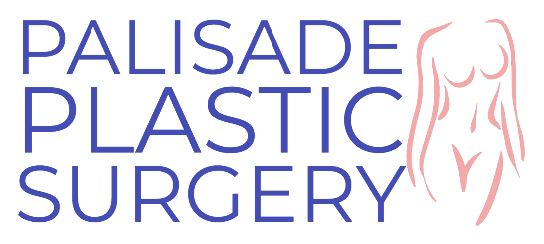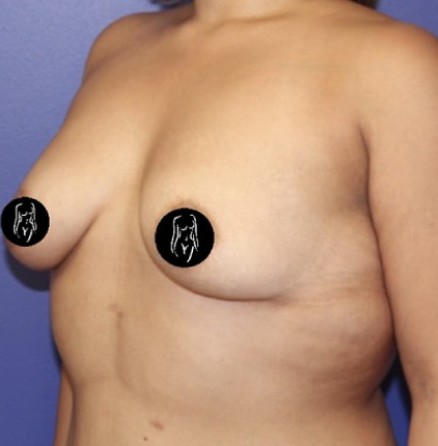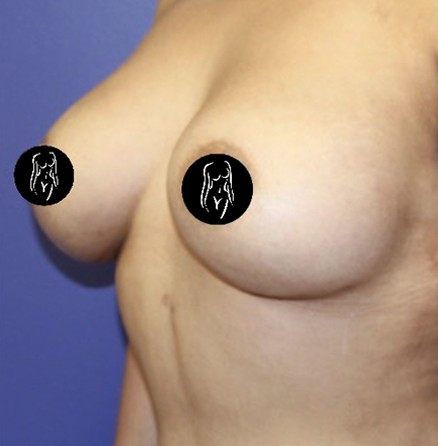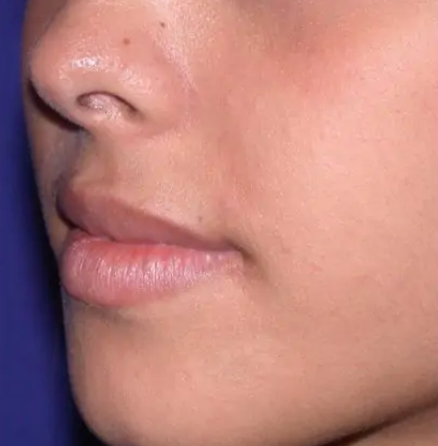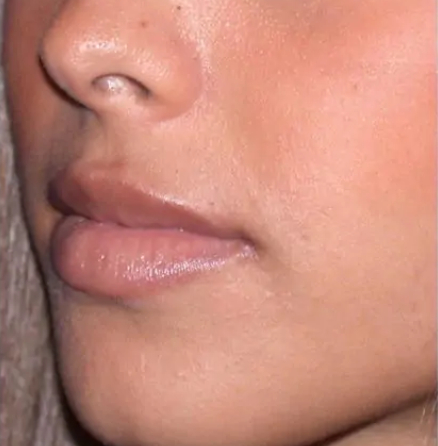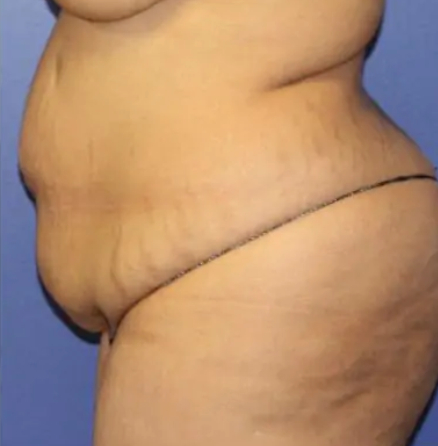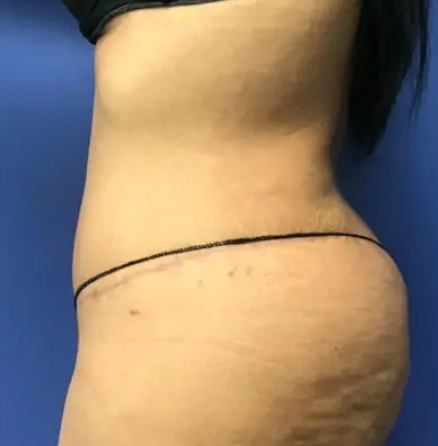Blepharoplasty
Conveniently located to serve the areas of New Jersey and the Tri-state Area

The eyes being one of the most noticeable parts of the face, play a key role in establishing facial harmony and a sense of one’s age. The surrounding delicate tissue is particularly susceptible to age-related changes, lending to the common patient complaint of appearing perpetually fatigued.
Eyelid surgery, or blepharoplasty, is a surgical procedure that refreshes the upper and lower eyelids by trimming excess skin, tightening focal skin laxity, removing any bulging fat and repositioning of the surrounding tissue layers to refine the periorbital contour. In the upper eyelids this is distinguished as improving the hooding of the lashline skin. While during a lower lid blepharoplasty the focus is to address the puffy bags and droopy skin. Eyelid surgery procedures can be performed on the upper eyelids, the lower eyelids, or both depending on the patient’s needs.
Our surgeons produce natural-looking eyelid rejuvenation by addressing all the anatomical layers contributing to an aged appearance. This may include the use of laser resurfacing or chemical peels to smooth superficial fine wrinkles and non-surgically tighten excess skin. As well as targeted fat grafting to best address the hollowed out appearance from volume deflation in some patients.
- Erbium Laser
- Chemical Peels
- Facial Fat grafting
Contents
- 1 FAQ
- 1.1 Who is a good candidate for eyelid surgery?
- 1.2 Is eyelid surgery performed under local or general anesthesia?
- 1.3 Can eyelid surgery improve vision?
- 1.4 Why do droopy eyelids develop?
- 1.5 What are the symptoms of droopy eyelids?
- 1.6 Can young children have droopy eyelids?
- 1.7 When should you expect results?
- 1.8 Is eyelid surgery covered by insurance?
- 1.9 Can eye bags be removed?
- 1.10 When can I drive after blepharoplasty?
- 1.11 How can I heal faster after eyelid surgery?
FAQ
“Awaken your vision, reveal the beauty within your eyes!”
Who is a good candidate for eyelid surgery?
Good candidates for eyelid surgery are individuals who have sagging or drooping eyelids, puffiness or bags under the eyes, excess skin obscuring the natural eyelid crease, or impaired vision due to sagging upper eyelids.
Is eyelid surgery performed under local or general anesthesia?
Eyelid surgery can be performed under local anesthesia with sedation or general anesthesia, depending on the patient’s preference and the extent of the procedure.
Can eyelid surgery improve vision?
In cases where sagging upper eyelids obstruct the visual field, eyelid surgery can help improve vision by removing excess skin and restoring a more youthful and refreshed appearance.
Why do droopy eyelids develop?
As you age, the skin along your eyelid can stretch and the muscles that raise the eyelid weaken over time. For some, droopy eyelids can result from an injury or disease, such as diabetes, Horner syndrome, Myasthenia gravis, stoke, tumor and swelling in the eyelid. Droopy upper eyelids can occur to one or both of your eyelids.
What are the symptoms of droopy eyelids?
A common symptom of droopy eyes is a loss of the usual field of vision, especially the upper and outer parts of your field of vision. Usually, this change occurs gradually, and you may start to have trouble driving, experience blurred vision while watching TV, frequently waking into objects or be unaware of objects on one side of your vision. An optometrist or ophthalmologist can test your visual field and determine if you are experiencing visual defects due to the shape or position of the eyelids.Other symptoms could be extremely dry or watery eyes or people telling you that you look tired due to baggy or sagging appearance of your eyelids.
Can young children have droopy eyelids?
Babies can be born with droopy eyelids, which also is called congenital ptosis. The child may lift his or her eyebrows or tilt the head back to be able to see. Droopy eyelids that completely or partially block a child’s vision could result in permanent vision loss. An ophthalmologist should evaluate this. Surgery on young children to correct droopy eyelids is generally performed in the preschool years.
When should you expect results?
After surgery, you may experience blurred vision from the lubricating ointment applied to your eyes, watering eyes, light sensitively, double vision, or some pain or discomfort. Bruising and swelling will occur. This will generally subside in 10 to 14 days. Scars from the surgical cuts may take months to fade. During this time, it’s important to protect your delicate eyelid skin from too much sun exposure. Most people are satisfied with the results and see an improvement in their visual field. Results for some people may last a lifetime.
Is eyelid surgery covered by insurance?
Insurance coverage depends on whether the surgery repairs a condition that impairs your vision. If you have the surgery only to improve your appearance, insurance won’t cover the cost. Upper eyelid surgery is a common procedure to restore a more open appearance to the eyes and restore visual field in men and women. Talk with your primary care provider or ophthalmologist if you are concerned about excess eyelid skin or your visual field.
Can eye bags be removed?
During blepharoplasty, the surgeon removes excess fat through an incision in the natural crease of the upper eyelid or inside the lower lid. Blepharoplasty can also repair, baggy or puffy upper eyelids.
When can I drive after blepharoplasty?
In general, a patient can drive a few days after droopy eyelid surgery. However, it is suggested that you do not bend or perform any heavy lifting for a week to 10 days after surgery.
How can I heal faster after eyelid surgery?
Rest, especially during the first 48 hours after the procedure, and repeatedly applying a cold compress will help accelerate the healing process. Resting will also reduce the severity of the swelling and bruising.
